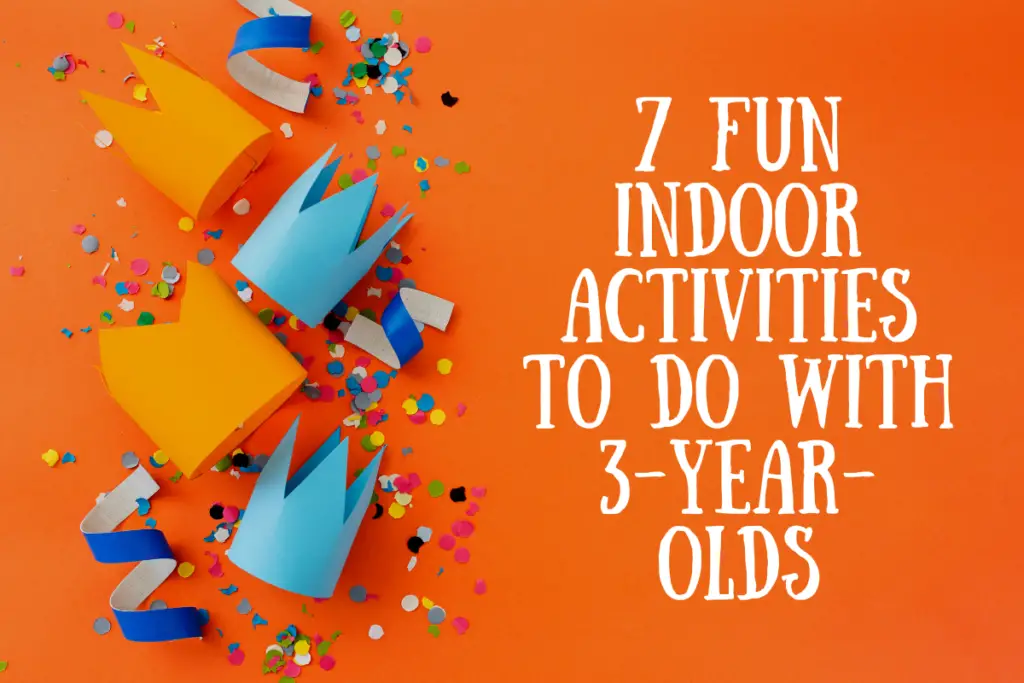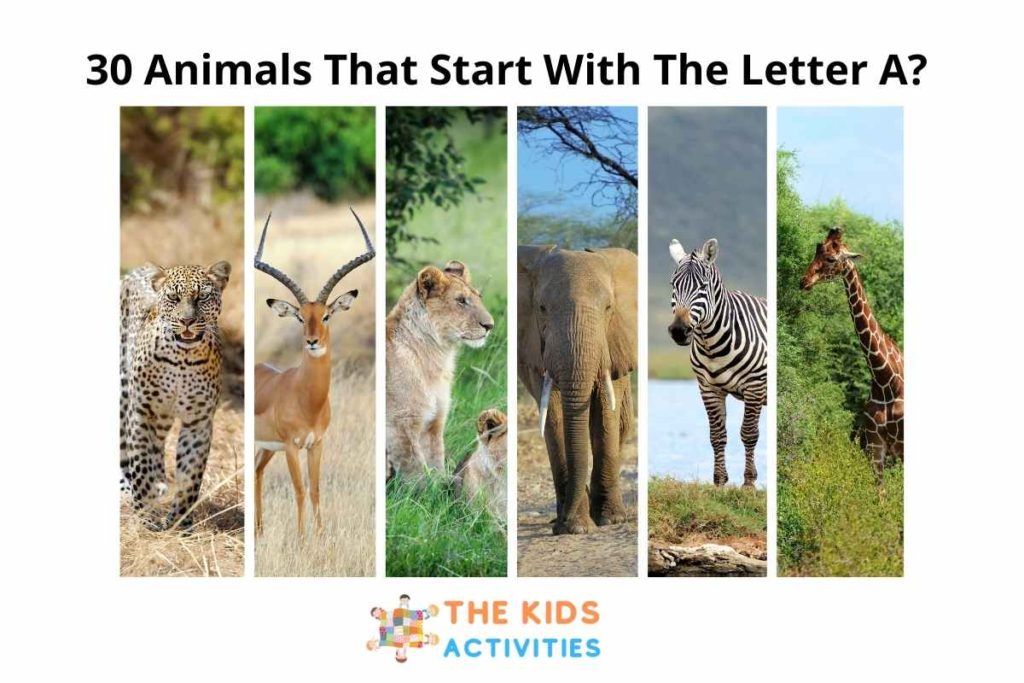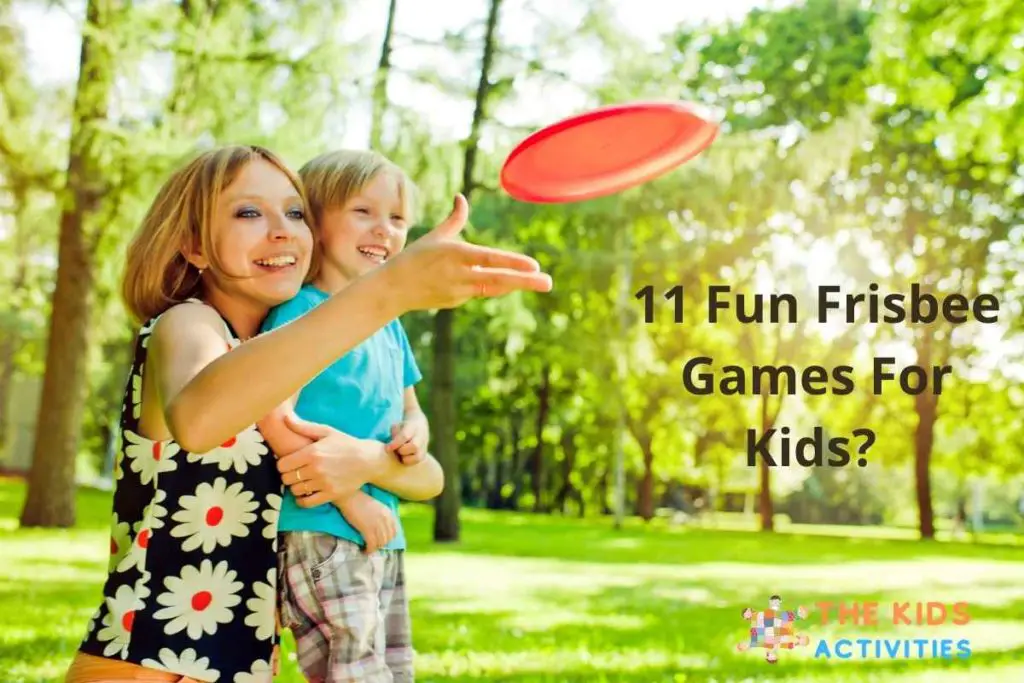7 Fun Indoor Activities To Do With 3-Year-Olds
You don’t have to go far to find fun activities you can do with your 3-year-old. Playing with the right toys at home can do the trick.
When you’re looking for toys that will engage your toddler, consider the following.
Can my child play alone? Look for toys that encourage independent play. These may include simple puzzles, trains, and cars.
Can I join my child in this activity? Consider what activities allow you to interact with your toddler while they play. This could include pretending to play and arts and crafts.
How safe is this toy? Always check age recommendations on toys before giving them to your child and look for sturdy materials made without harmful chemicals. With these considerations in mind, here are some of the best indoor activities for toddlers:
The right toys can help your toddler discover, create and learn.
Toys that encourage physical activity help your 3-year-old develop motor skills and strength. Examples include.
- A large cardboard box with a lid (which your kid can use as a tunnel)
- A playhouse or tent (if she has enough space in her room)
- Blocks of various sizes and textures. These are particularly good for stacking, sorting by shape or color, building towers, and knocking them down again!
Blocks
Blocks are an excellent way to develop fine motor skills. They can be used to make a variety of things: houses, cars, trains, castles, towers, and more.
Blocks can also be used for pretend play with animals and people. Some blocks come in different shapes and sizes which allows kids to engage in visual discrimination as they sort them into groups according to their shape or size.
Blocks are made from various materials such as wood or plastic depending on what kind of activity you’re doing with them. For example, if you want your kid to learn about colors then choose colored blocks!
Some other ideas include stacking the blocks high (for counting) or building a big building for some imaginative play!
Coloring
Coloring can be a great way to help your toddler develop fine motor skills. It’s also a good opportunity for them to practice their concentration and express their emotions through the coloring process.
Coloring can also be a fun way for toddlers to develop their creativity by exploring different colors, shapes, and patterns on the page.
Train sets are another great option when it comes to indoor activities with toddlers that require fine motor skills such as sorting (by color or shape), putting together pieces of track together, connecting power pieces so they stay together while playing with them in water or sand without making a mess! Trains are also perfect because they’re usually small enough that toddlers won’t get frustrated trying to play with them.
Trains
Trains are a classic toy that can be used to teach about cause and effect, physics, and other STEM concepts.
They also have a wide variety of uses beyond just playing trains with them. You can use trains to teach your child about transportation, animals and the natural world, or even the history of civilization. For instance, if you have an old railroad boxcar in your garage (they’re pretty common), you can use it as a way to bring history alive by taking your child on a trip back to when railroads were first being built in America (or anywhere else in the world).
With younger children especially I recommend getting some Brio sets (they’re wooden) because they come with cars that kids can play with independently without needing an adult’s help every step of the way like many traditional plastic toy cars do. these toys are designed so well that some parents insist on using them even after their children outgrow them because they’re so well made!
Stickers
Stickers are a great way to encourage your toddler to write. You can give them a blank sheet of paper and show them how to place the stickers around the page in any pattern or shape they like.
The results will be a beautiful work of art that’s sure to make you smile every time you look at it!
Stickers can also be used as an activity on their own, especially with toddlers who love arts and crafts (which is pretty much all of them). If you have some blank sticker books lying around, try placing stickers randomly on these pages—it’s even more fun if they’re different shapes and sizes too! If your child has trouble sticking them down correctly, don’t worry—this is normal for kids this age. You may need to help out here and there by lifting their fingers so that the stickers stick properly but then again maybe not because this can be part of a good learning process too…
Musical Instruments
The benefits of music are well-known, but it’s still a subject that some parents are hesitant to explore with their kids.
The truth is that learning to play an instrument can help your child’s brain develop in ways you might not expect. When it comes down to it, though, if you want your child to learn something new and enjoy doing so at the same time, why not give them an instrument?
Here are some examples of musical instruments that make great gifts for kids.
- Guitars — These guitars are designed specifically for little hands and come with a strap so they can be used as a backpack. They’re perfect for exuberant little rock stars who just want to pick up their guitar and start playing!
- Drums — With drums made from plywood (rather than plastic), these drums will last longer than most other options on the market. Your daughter won’t have any trouble making beautiful music with her new drum kit!
Arts & Crafts
Arts and crafts are a great way to spend time with your toddler.
You can make a variety of crafts together, or you can do them alone and bring the art project to your child at the end of your creative session.
One fun craft is making a paper plate turkey! You’ll need.
1 Paper plate (any size)
1 Construction paper or other colored paper for feathers (different colors or patterns will look best)
Stapler (or tape)
Puzzles
Puzzles are a great way to help your child develop fine motor skills, especially if they’re willing to match shapes, numbers, and letters. Puzzles can also be used to teach your toddler about animals and other concepts, as well as geography.
If you want them to learn the alphabet or solar system too then puzzles are an excellent choice! You’ll have fun putting them together and once they’re finished you can take photos of the end results.
This is a great way of encouraging children because they love seeing their work displayed proudly in their room – so when it comes time for bedtime don’t forget those photos!
Chalk
Chalk is an excellent sensory activity for your 3-year-old. It’s something that they can use to help them think creatively and practice fine motor skills while they do it.
You can draw on the sidewalk, driveway, or sidewalk with chalk and then let your little one go wild with it. They can use their imagination to make different shapes, letters, numbers, and more!
You can make patterns and designs with the chalk as well (or even try making a hopscotch game). This activity will allow them to practice following directions while also improving their coordination skills by having them move around as they follow directions given by you or another adult in order to complete tasks like drawing pictures using only white lines separated by black spaces between each line drawn so far.
this helps give children an idea of how things fit together when creating something new from scratch which is important when learning about how things work but also great fun too!
Pretend Play
Pretend play is a great activity for your 3-year-old to do. It helps them develop social, fine motor, language, and imagination skills.
Social Skills: When your toddler pretends to be something else, it helps him or she better understands the interactions between people. In other words, it helps them understand how people act in different situations and why they might behave differently than the way you normally do (or vice versa). For example,
if you’re playing “mommy” but your child wants to feed the baby something that isn’t food (like rocks), he may not be able to understand why his mommy would get upset with him over this behavior unless he’s seen how mommies usually react when their kids eat things like rocks instead of food—and then try it himself!
Fine Motor Skills: Pretend play also helps develop fine motor skills because children need both their hands free so they can perform actions associated with whatever role they’ve chosen for themselves during their playtime activities. For example.
If you want me as a pirate captain to board an enemy ship while waving my sword around wildly while screaming out orders at my crew members standing next to me on deck…well then! I’d better go find some old cardboard boxes lying around somewhere so I can cut holes in them first before handing out swords made from popsicle sticks/sticks from trees outside too (just kidding).
Language Skills: Playing make-believe gives children opportunities for learning new words through repetition or through watching others participate in pretend games and then mimicking behaviors observed within those practices themselves.”This means that when children engage in imaginative playtime activities such as pretending which might include playing house or doctor visit scenarios where certain characters are asked questions about what hurts or what feels good etc.
Dramatic Play
Pretend play is one of the most popular activities among toddlers and preschoolers.
It allows your child to act out feelings and emotions, practice social skills, develop fine motor skills, and improve language skills.
In addition to playing with dolls or stuffed animals, here are some other ideas for dramatic play:
- Create a fort out of blankets.
- Have a tea party with your friends (or dolls).
- Pretend you’re at school and have an imaginary classroom party to celebrate an award or honor you received.
- Buy costumes for each member of the family (moms can be superheroes; dads can be princesses), then create an imaginary world where they are all superheroes protecting the city from villains!
Help Your Toddler
Pretend play is a great way to help your toddler develop social skills, while also helping them hone the fine motor skills they’ll need in kindergarten.
In addition, pretend play helps your child learn about the world around them and develop their imagination.
Conclusion
We know that it can be hard to keep your little one entertained, but we hope these ideas will help you come up with fun activities for the whole family. Whether you’re stuck indoors on a rainy day or just looking for something new to do, try out one of these ideas with your toddler and see how they react!


